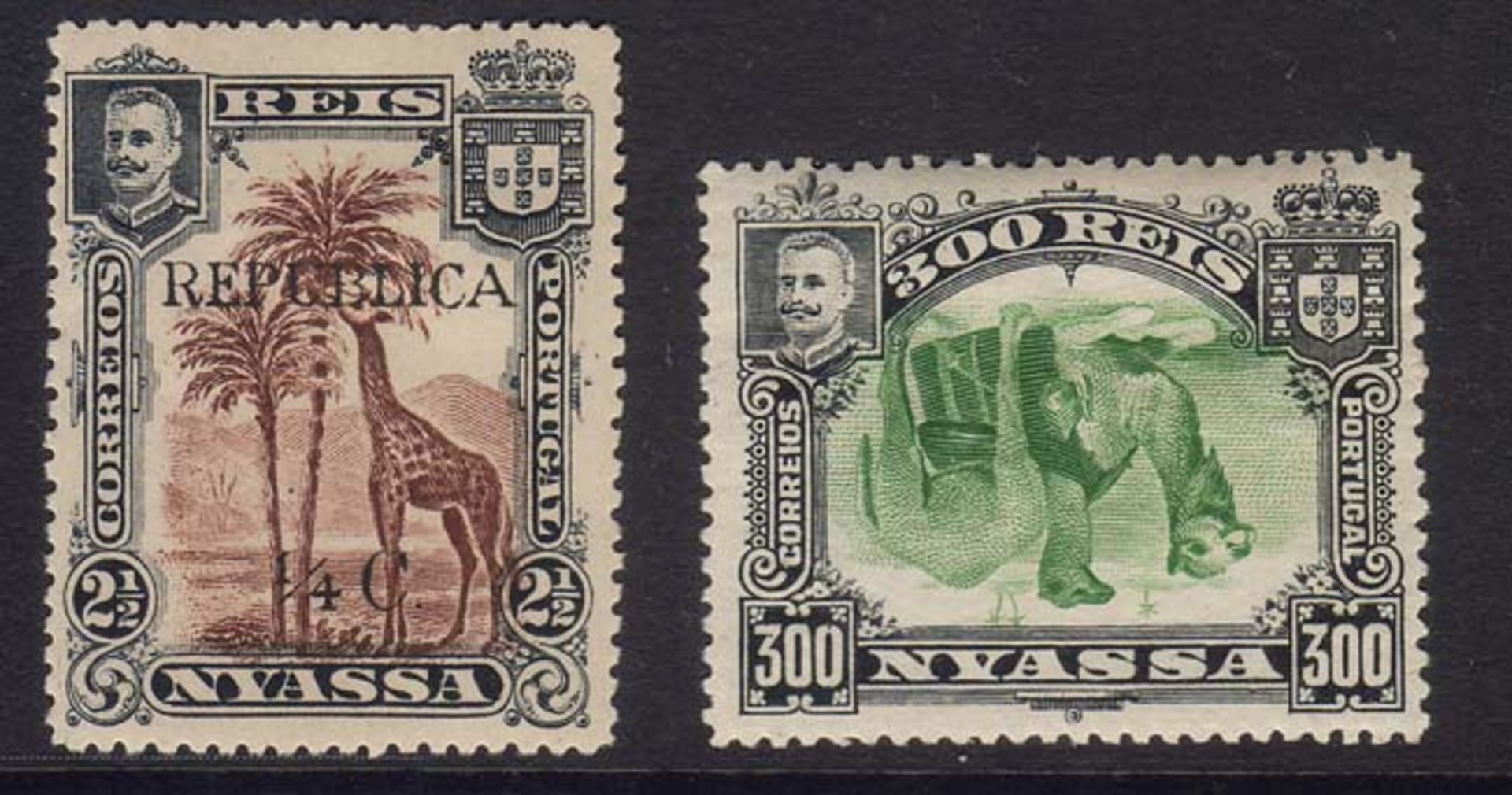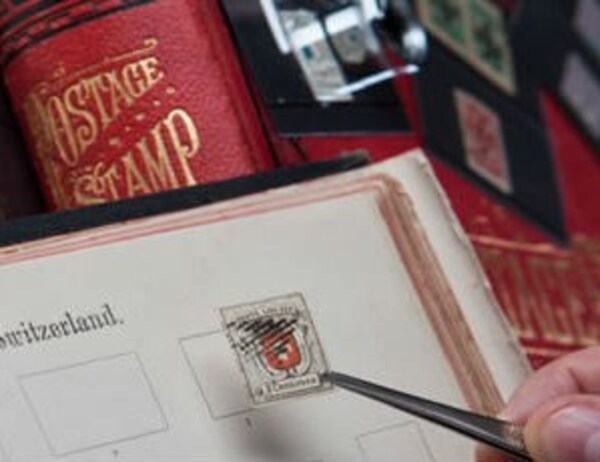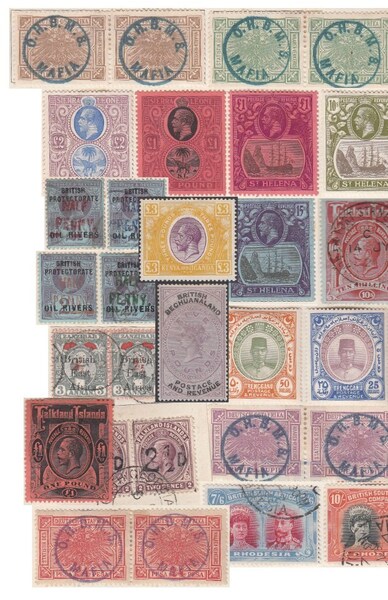The Nyassa Company was one of three British owned companies which were formed out of large parts of the colony of Portuguese East Africa (Mozambique) in the late 19th century, to develop the region as well as run the affairs of cotton fields and plantations.
The Company of Nyassa covered all of the territory north of the River Lurio, including the provinces of Cabo Delgado and Niassa. It's headquarters was established in 1904 at the company town of Porto Amelia, which is now known as Pemba. The town is still famous for it's wealth of Portuguese Colonial architecture.
Having gained a concession to issue its own stamps the Nyassa Company issued over 140 different postage stamps between 1898 and 1925, far in excess of the normal needs of postal services in the territory. Many of these issues were beautifully designed and generated great philatelic interest, especially in Great Britain. The first issues in 1898 were overprints on the stamps of Mozambique, but in 1901 a lovely set of 13 pictorial Nyassa Company stamps featuring a Giraffe and a pair of Dromedaries was issued. The issues popularity was increased by the existence of an "Inverted Centre" error on every value! In fact such was the interest in the philatelic world that the London printers, Waterlow and Sons, reprinted the entire set in 1922.
In 1903 and 1910 the stamps were surcharged with new values, and in 1911 two new designs were added showing a Zebra, and Vasco da Gama's Ship "Sao Gabriel", these being overprinted "REPUBLICA" to reflect to Portugal's newly found status as a Republic.
In 1918 the original 1901 set was again surcharged, this time for the new currency of escudos and cents, and in 1921 the 1911 new designs were also similarly surcharged.
Between 1921 and 1923 a complete new set of twenty stamps was issued in the new currency featuring a reworking of some of the older designs, as well as a Native Dhow, and a portrait of Vasco da Gama. 1924 and 1925 saw the issue of a triangular Postage Due set, and overprinted Charity Tax stamps, similar to those issued in other parts of the Portuguese Empire.
When control of the area reverted to the Portuguese Colonial Government in 1929, the company lost it's concession to issue postage stamps, and the stamps of Mozambique came into use.


 General
General
 General
General
 General
General